Alcohol Retail Consulting
The alcohol industry has been regularly receiving substantial attention as the market potential is increasing consistently over the years. The global market size of alcoholic beverages was more than 1.49 trillion U.S dollars last year and is estimated to be more than 2.2 trillion U.S dollars next year, according to the Statista Consumer Market Outlook. However, the alcohol industry is a challenging business. The beer and liquor store chains are not untouched by the effects of the pandemic, and as a result, the industry’s yearly revenue decreased by around 200 billion dollars compared to the last year. Whether you’re in the wine or beer, or any other alcoholic beverage business, the current situation will undoubtedly display enormous challenges.
Challenges Faced by the Alcohol Retail Industry
The challenge to the alcohol industry is how effectively beverages can be produced, sold in the marketplace and the customers trust in these products. Let’s take a look at some of the main challenges faced by the alcohol retail industry:
Dealing with the Government Regulations
It is an understatement to say that the alcohol retail business is a big one since approximately half of the price a consumer pays for an alcohol product is essentially government taxes and fees. Throughout the world, dealing with the regulations according to the country and states is the biggest challenge of doing business in the alcohol Retail MRP Stores industry.
You need to comply with the local laws to sell your products and excess and complicated taxation, making the business model less profitable and costly. These rules, however, vary from place to place. So, if you are operating an alcoholic retail chain, you need to run the management and finances according to that particular place only.
Changes in policies and recurring taxes with changing governments make it tough to manage the alcohol retail business. The laws may also differ according to the product. For instance, the regulations and reforms may be different for beer, and there may be a different set of regulations for whiskey. It might make you feel like you are operating with diverse countries within the same country.
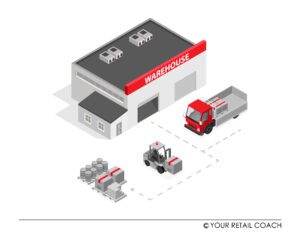
Logistics
The game of logistics is a crucial factor when it comes to proper distribution within time. High logistics costs lead to the higher cost prices of products. In many regions, the logistics market is still underdeveloped and highly unorganised, making it harder for the retail business to operate successfully. There is still a need for proper infrastructure, roads and networks to overcome insufficient and inefficient distribution and network channels.
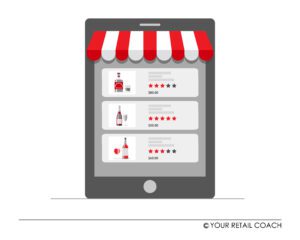
An Effective Online Presence
The beer wine liquor store and the way the product is distributed and marketed have not changed in years. But with the innovations in digital platforms, various industries are going online to cope with changing consumer behaviour and reach broader markets. However, the alcohol industry is still struggling to find an online presence. It has been relatively slow on the upkeep of technology, unlike the clothing e-commerce domain or electronics, etc. Moreover, in many countries, the government law bans the sale of alcohol online, and if it is allowed, many retailers struggle to carve out an online presence.



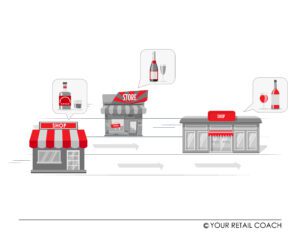

There’s More Competition Than Ever
The debate over using cannabis and legislation allowing the sale of cannabis in various countries has undoubtedly hampered the growth of the alcoholic beverage industry. The rise in the popularity of cannabis poses a threat to the beer liquor store and the entire alcohol industry. For the alcoholic sector to remain relevant and competitive, it should focus on quite a few parameters to have the upper hand over the competitors.
How to Overcome these Challenges
Despite the ongoing challenges in the alcohol industry, it is anticipated to show beneficial gains. A few transformations can change the outlook of the whole alcohol industry. With evolving consumer spending and markets, universal and modern technology, the alcohol retail industry is to witness extensive changes in the upcoming years. However, to set up a wine shop, it is essential to overcome the following challenges:
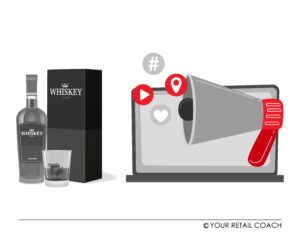


Effective Alcohol Digital Marketing Strategy
As an industry, the effective use of digital media to drive sales is still yet to be made. The efficient and effective use of social media, proper SEO, website design, etc. Online alcohol retailers will help the industry enter a new business market and boost sales along with profit.



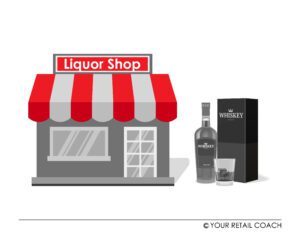

Customers are looking For Ethical Brands & Liquor Retail Store Chains
In current times, customers have become more conscious about the products they buy, and hence brands are expected to show ethical behaviour. Also, drinking alcohol is no longer a male-dominated market, and it’s time that you market socially inclusive products. This aspect will help you target more consumers and provide your brand with value.
Providing Other Consumer Experiences
Promoting your products and providing a unique customer experience and benefits is crucial for a successful alcohol retail business. Implementing this strategy requires an incredibly customer receptive and friendly environment for the customers. One can also sponsor festivals or sporting events to attract more footfall. By attending to an attendee`s fun experience, your business can indeed find a place in the memories of consumers.
Proper Inventory and Robust IT System
The retailer’s inventory is usually riskier than the cash in the alcohol industry. The key to a successful retail business is providing the right thing at the right place and at the right time. Therefore, making a strategy for proper inventory management and implementing it right is essential. Along with it, one also needs to look for a robust and integrated IT system which ensures ease of assessing your inventory, easy finances, taxes, and bills.
Supply Chain and D2C Marketing for Liquor Retail Store Chains
Traditionally the industry exists as a three-tier system where the producers provide the products to the distributors and wholesalers who sell to a vendor or retailer. However, nowadays, buying alcohol online is hitting the mainstream market, and the direct-to-consumer model is slowly infiltrating the alcohol industry. Various successful retail chains use online content and marketing strategies to attract the particular niche involving youth and are shifting towards selling directly for alcoholic brands. Direct to the consumer can change the whole scenario of the supply chain and slowly change the consumer behaviour.
How can “Your Retail Coach” help?
If you want to set up a wine shop or alcohol retail chain or beverage brand, you can get in touch with a YRC Expert. With years of in-hand experience in retail businesses, YRC can help you evolve as a big and trustworthy brand through standardisation. Our consultants are here to help you at every step of your alcohol retail business. With everyday increasing competition in the alcohol retail business, time demands a strategy and plan based on the anticipated trends. Our team of experts will do the expert research and planning, keeping in mind the existing & future trends of the retail alcohol market. Contact YRC Experts today to discuss your alcohol retail business challenges.
Get Advice for Alcohol Retail Business Consulting
Related Blogs
Retail Store Layout Strategy: What to Consider and How to Plan
Why Store Layout Matters in Retail The layout of a retail store carries several internal and external business implications. Layout is an important physical aspect of branding efforts. It creates an opportunity to create the desired atmosphere in stores thereby...
Reliance Gourmet Supermarket – “Freshpik” Case Study
The fifth-largest and preferred retail destination globally, the Indian retail industry is one of the fastest-growing segments in the world. India is experiencing unprecedented growth with retail development taking place not just in major cities and metros, but also...
How to Organize & Grow Supermarket / Hypermarket
Already running a supermarket store and wondering how to scale it further? Are you contemplating what should be your next steps to accomplish your vision to organize and manage multiple stores? If this is what you are looking for, then you are in the right place. Your...


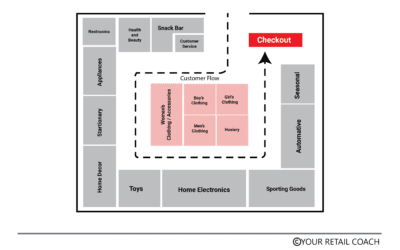
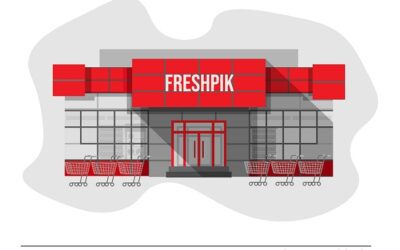
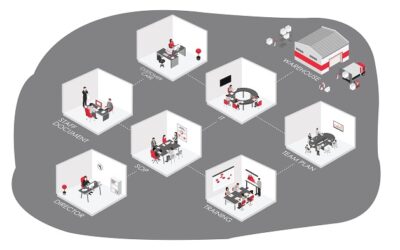
We work only for Visionaries.